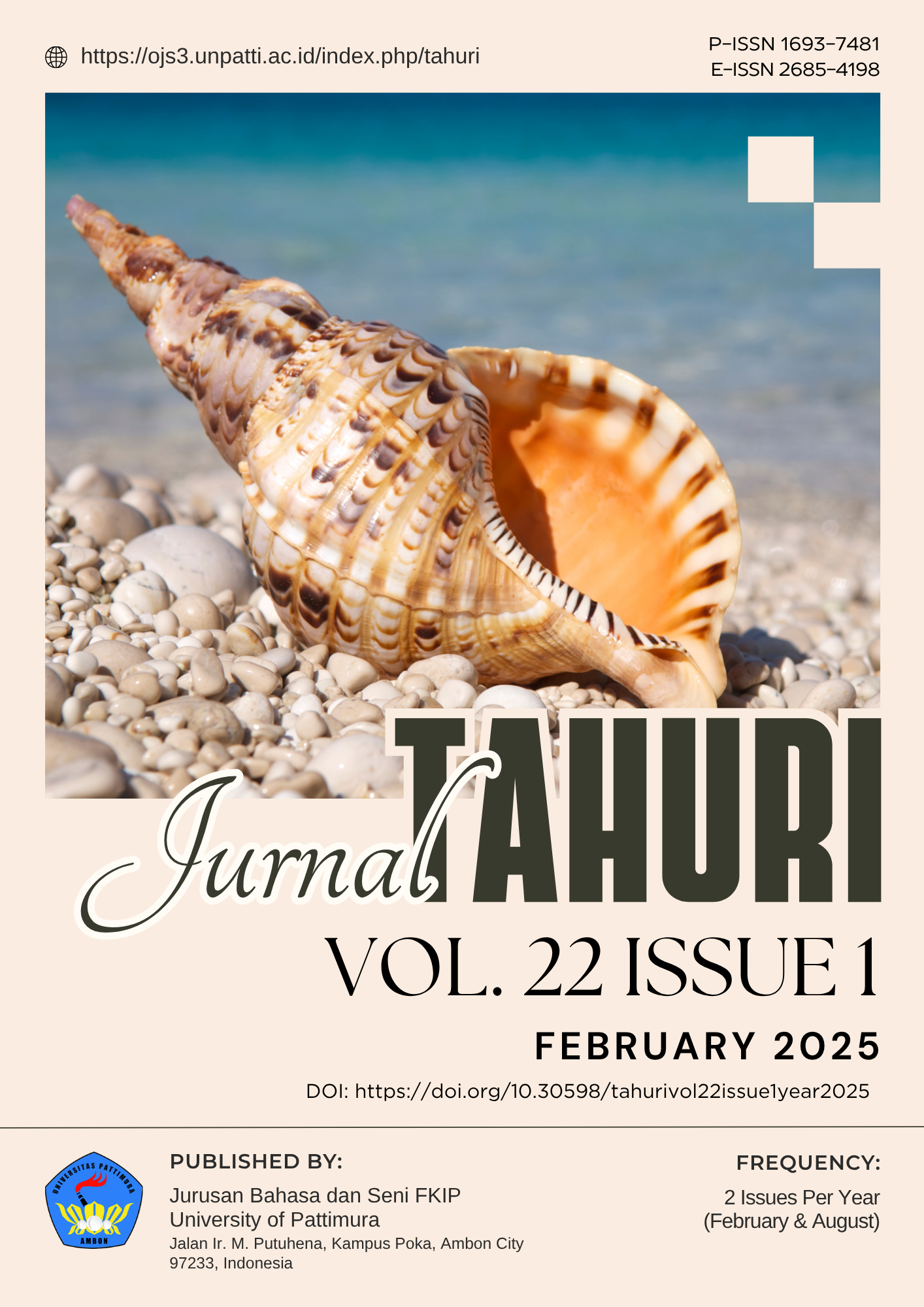Negotiating Language Policy and Local Practice: Multilingual Challenges in a Sundanese Classroom in Indonesia
Abstract
This article explores how Indonesia’s national language policy—which designates Bahasa Indonesia as the primary medium of instruction—is negotiated within local classroom practices in a Sundanese-speaking context. The study was conducted at SMP Negeri 3 Simpenan, Sukabumi, West Java, employing a qualitative case study design. Data were collected through classroom observations, in-depth interviews with teachers and students, and curriculum document analysis. Thematic analysis was applied to identify patterns of interaction between Bahasa Indonesia and Sundanese in the learning process. Findings reveal both tension and adaptation between formal policy and local practice. Teachers often relied on Sundanese to clarify complex materials, while official instructions remained in Bahasa Indonesia. Students were more responsive to Sundanese in everyday interactions but also acknowledged the importance of mastering Bahasa Indonesia. Translanguaging strategies—dynamic shifts between languages—proved effective in enhancing conceptual understanding while maintaining students’ linguistic identity. The study underscores that national policy is not rejected but rather adapted through context-sensitive local practices. The novelty of this research lies in its focus on the interaction between national and local languages in classroom settings, an underexplored area compared to studies emphasizing Bahasa Indonesia and foreign languages. By presenting the Sundanese context, the study highlights Indonesia’s broader multilingual realities and advocates for more flexible language policies. This research contributes to the fields of education, language, and literature by providing empirical evidence of translanguaging as a pedagogical strategy and recommending policies responsive to local linguistic needs.
Downloads
Copyright (c) 2025 Dwi Aulia Fauziah, Risnandar Sudirman

This work is licensed under a Creative Commons Attribution 4.0 International License.




